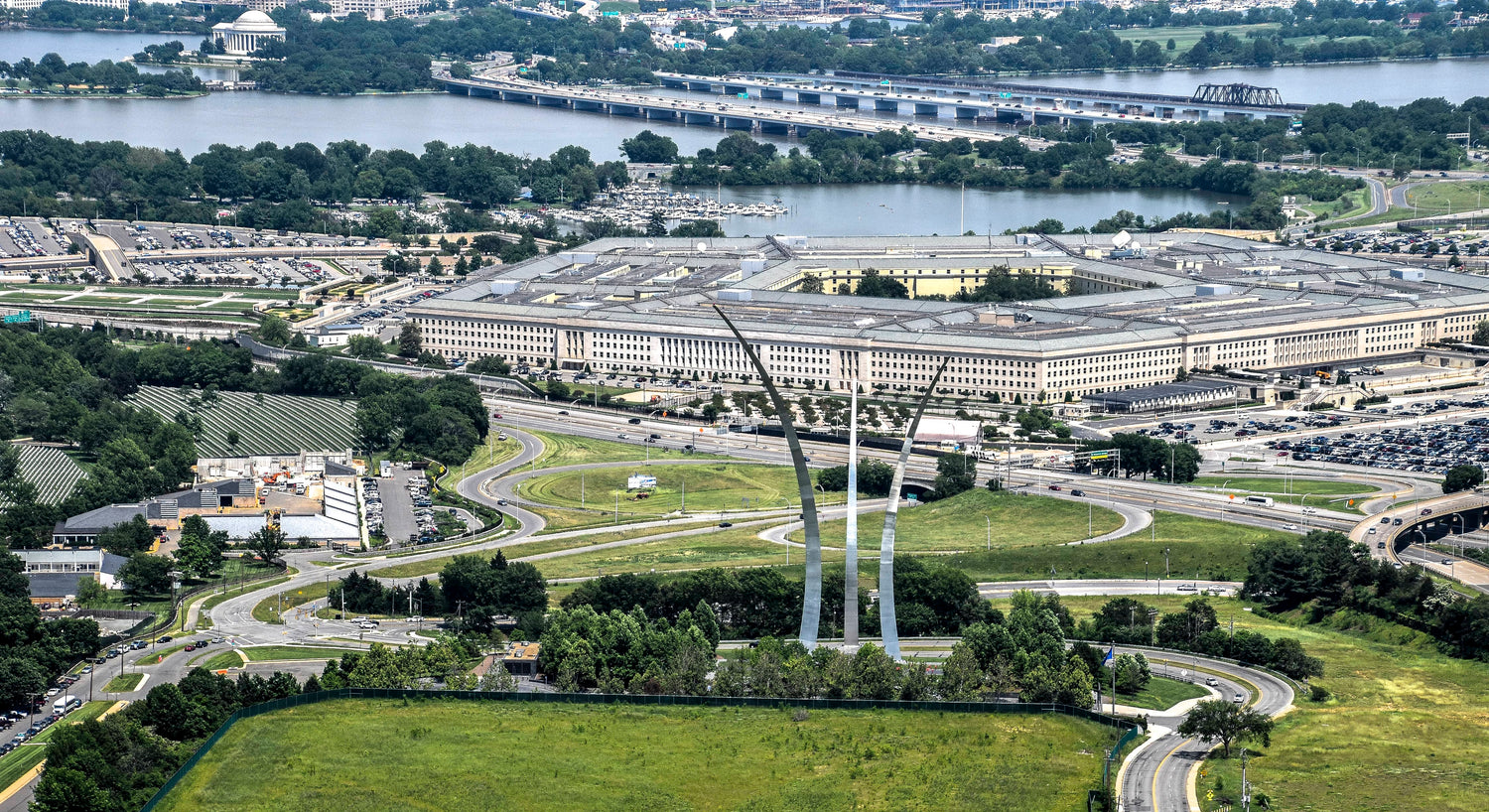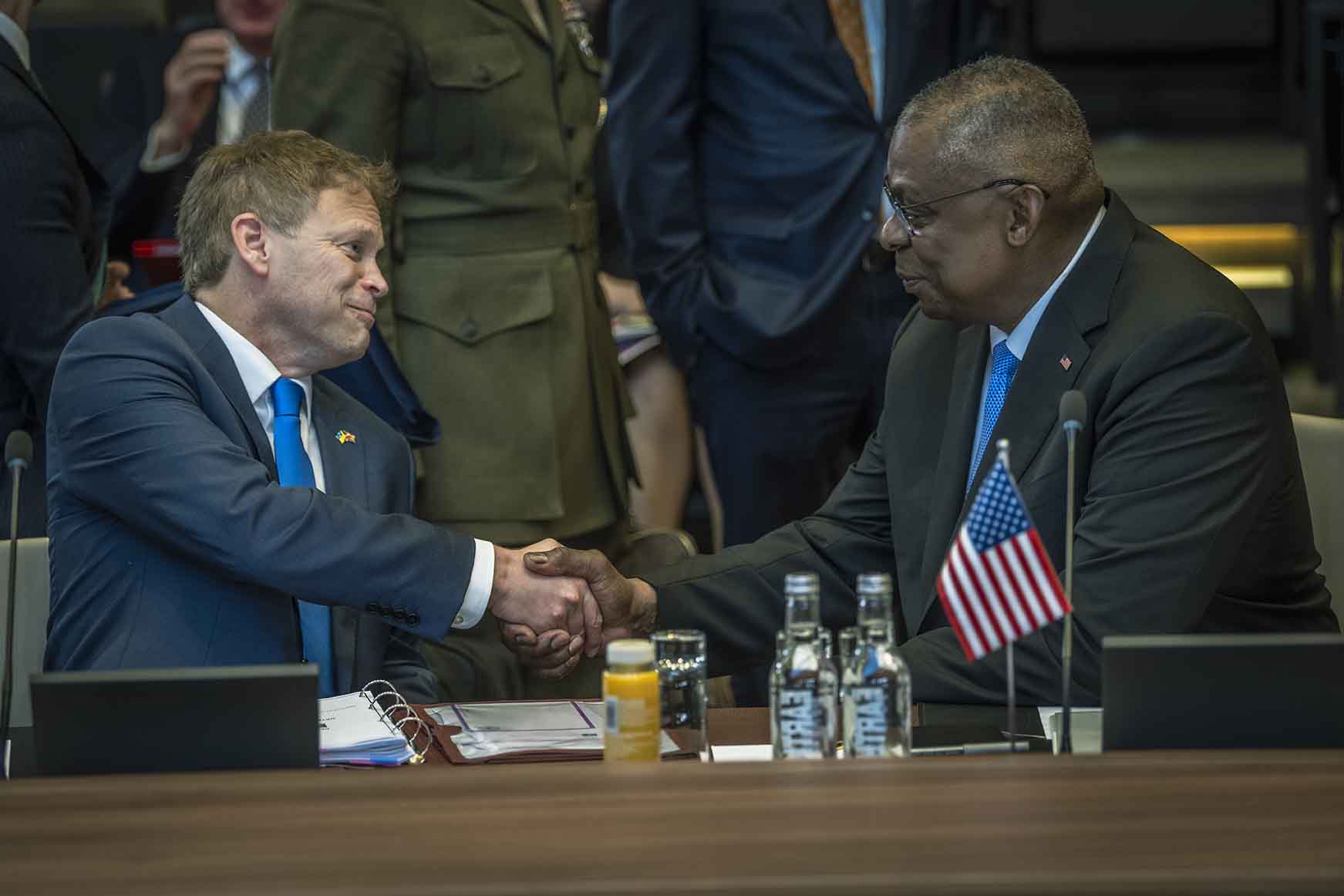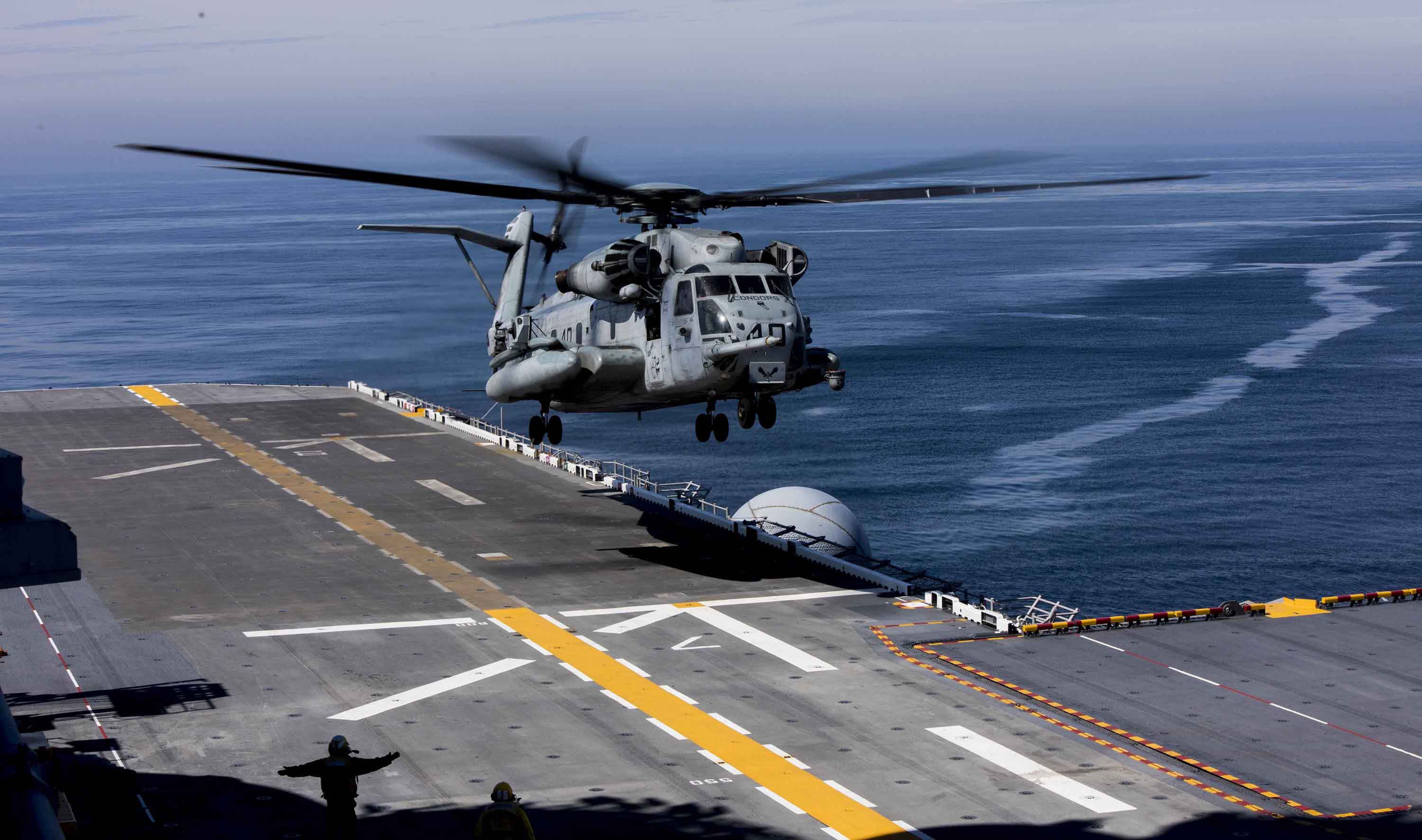U.S. Army Reserve soldiers receive an overview of Washington D.C. as part of the 4th Annual Day with the Army Reserve May 25, 2016. The event was led by the Private Public Partnership office. (U.S. Army photo by Sgt. 1st Class Marisol Walker)
In the contemporary arena of international relations and military engagements, the recent U.S. strikes against militias affiliated with Iran's Islamic Revolutionary Guard Corps (IRGC) underscore a pivotal moment in the ongoing struggle to maintain stability and counter aggression in the Middle East. This operation, executed on February 2nd in response to a prior attack that inflicted casualties on U.S. service members, represents a significant moment in the United States' military and diplomatic efforts in the region.
The context of these strikes traces back to an egregious attack on January 28th, when a militia strike targeted the Tower 22 base in Jordan, resulting in the death of three U.S. service members and injuring more than 40 others. These American forces were stationed in the region as part of the broader defeat-ISIS campaign, underlining the complex web of challenges the U.S. faces in its Middle Eastern engagements. The response, as ordered by President Joe Biden, aimed not just at retaliating but also at preventing future aggressions by degrading the operational capabilities of the IRGC-affiliated militias.
The precision of the U.S. military's response is notable, with strikes on seven facilities across Iraq and Syria, targeting over 85 specific assets. These included command and control centers, intelligence operations, and logistics hubs essential for the militia's armament, such as rockets, missiles, and unmanned aerial vehicle storage. This comprehensive approach aimed to cripple the militias' ability to launch future operations, with initial assessments indicating that the strikes successfully destroyed or significantly damaged a majority of the targets.
Pentagon Press Secretary Air Force Maj. Gen. Pat Ryder emphasized the efficacy of these strikes but also hinted at a broader strategy, indicating that these actions mark the beginning of a series of U.S. responses. This approach suggests a commitment to holding the IRGC and its affiliated militias accountable while maintaining a defensive stance to protect U.S. and coalition forces. The United States' stance, as reiterated by Ryder, is not one of seeking conflict but rather responding to aggression in a manner that safeguards its personnel and interests.
The operations conducted on February 3rd, in collaboration with international partners, targeted Houthi-controlled areas in Yemen. This separate but equally critical action aimed to disrupt the Houthis' ability to attack U.S. and international vessels, a testament to the multi-layered challenges in ensuring maritime security in strategic waterways. The collective efforts of the U.S. and its allies, including the United Kingdom, Australia, and others, underscore the international dimension of these security efforts.
These strikes carry broader implications for international relations and the ongoing geopolitical dynamics in the Middle East. First, they reaffirm the United States' commitment to defending its interests and personnel against Iranian-backed entities, reflecting a broader strategy to counter Iran's influence in the region. Second, the emphasis on multilateral actions in Yemen highlights the importance of international cooperation in addressing security challenges, underscoring the role of collective action in maintaining regional stability.
The question of escalation remains pertinent, as the U.S. aims to balance defensive actions with the goal of avoiding further conflict. The strategic use of military force, coupled with diplomatic efforts, seeks to deter aggression while minimizing the risk of broader confrontation. This delicate balance reflects the complexities of modern warfare and diplomacy, where actions must be carefully calibrated to achieve security objectives without precipitating further violence.
The recent U.S. military operations against IRGC-affiliated militias and Houthi targets represent a critical juncture in the ongoing efforts to maintain stability and counter aggression in the Middle East. These actions, rooted in a strategic response to specific provocations, underscore the multifaceted approach required to navigate the intricate landscape of international relations and military engagement. As the situation evolves, the United States and its allies continue to face the challenge of defending their interests and personnel while striving for a stable and secure regional order.





Leave a comment
This site is protected by hCaptcha and the hCaptcha Privacy Policy and Terms of Service apply.